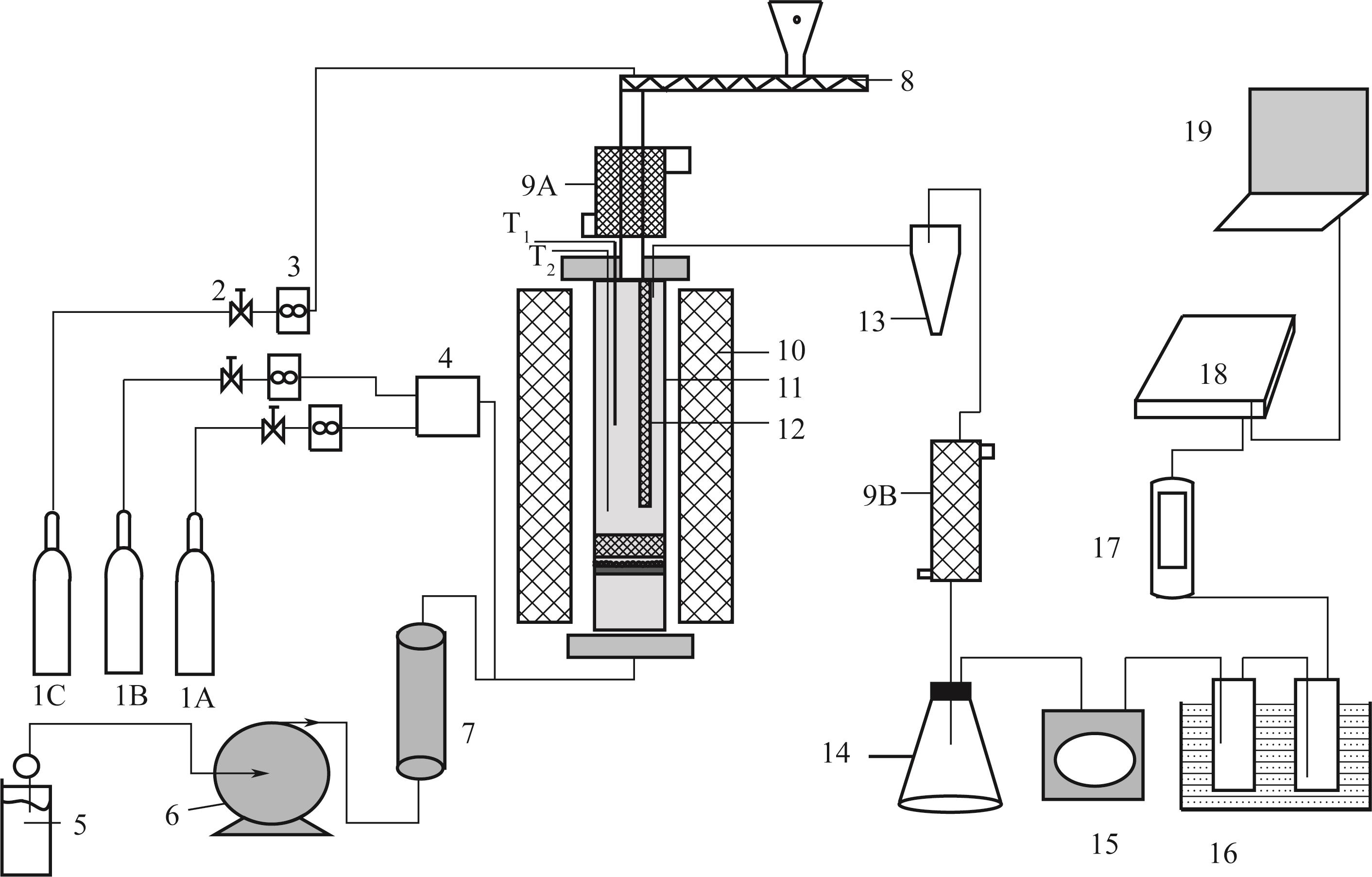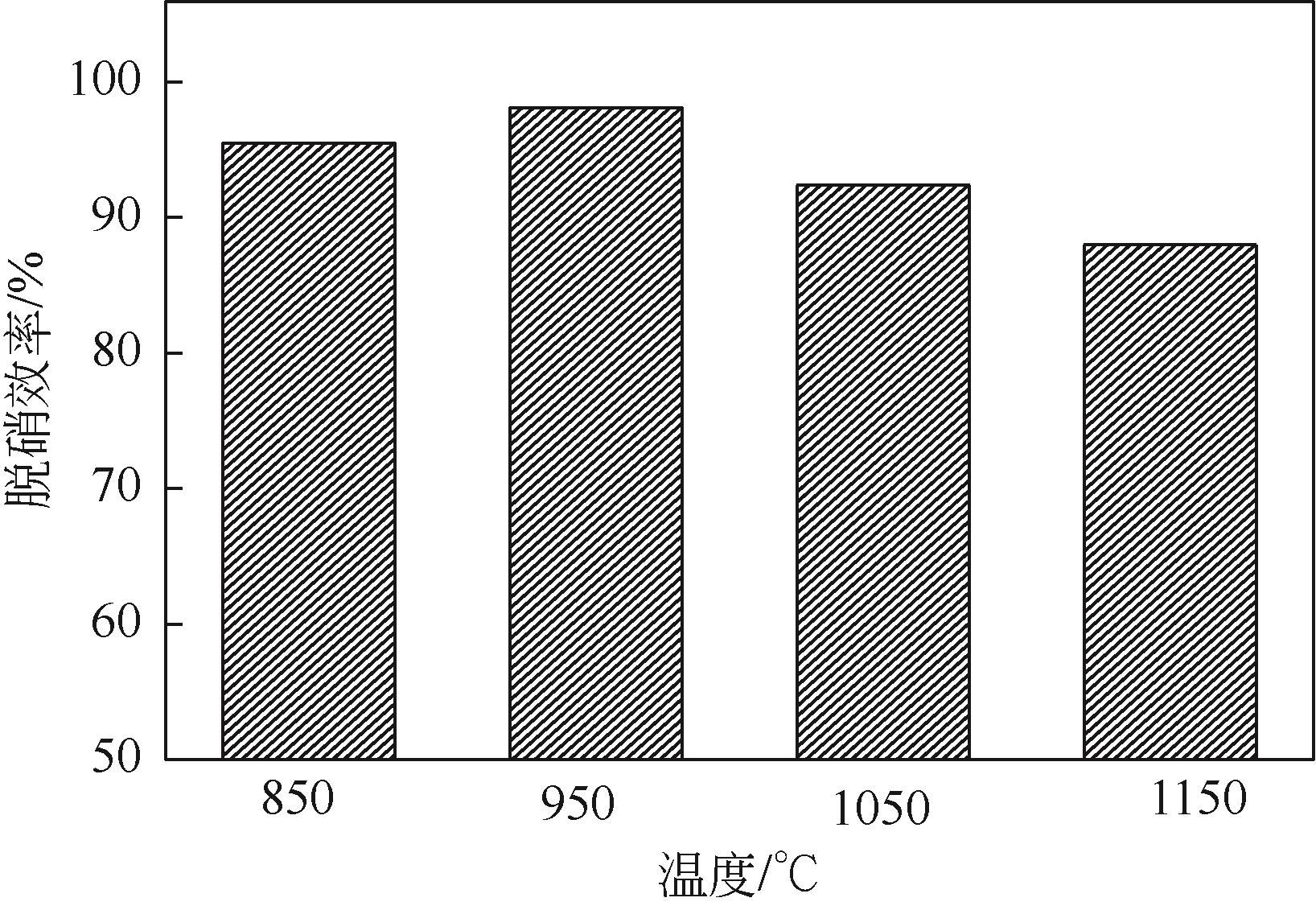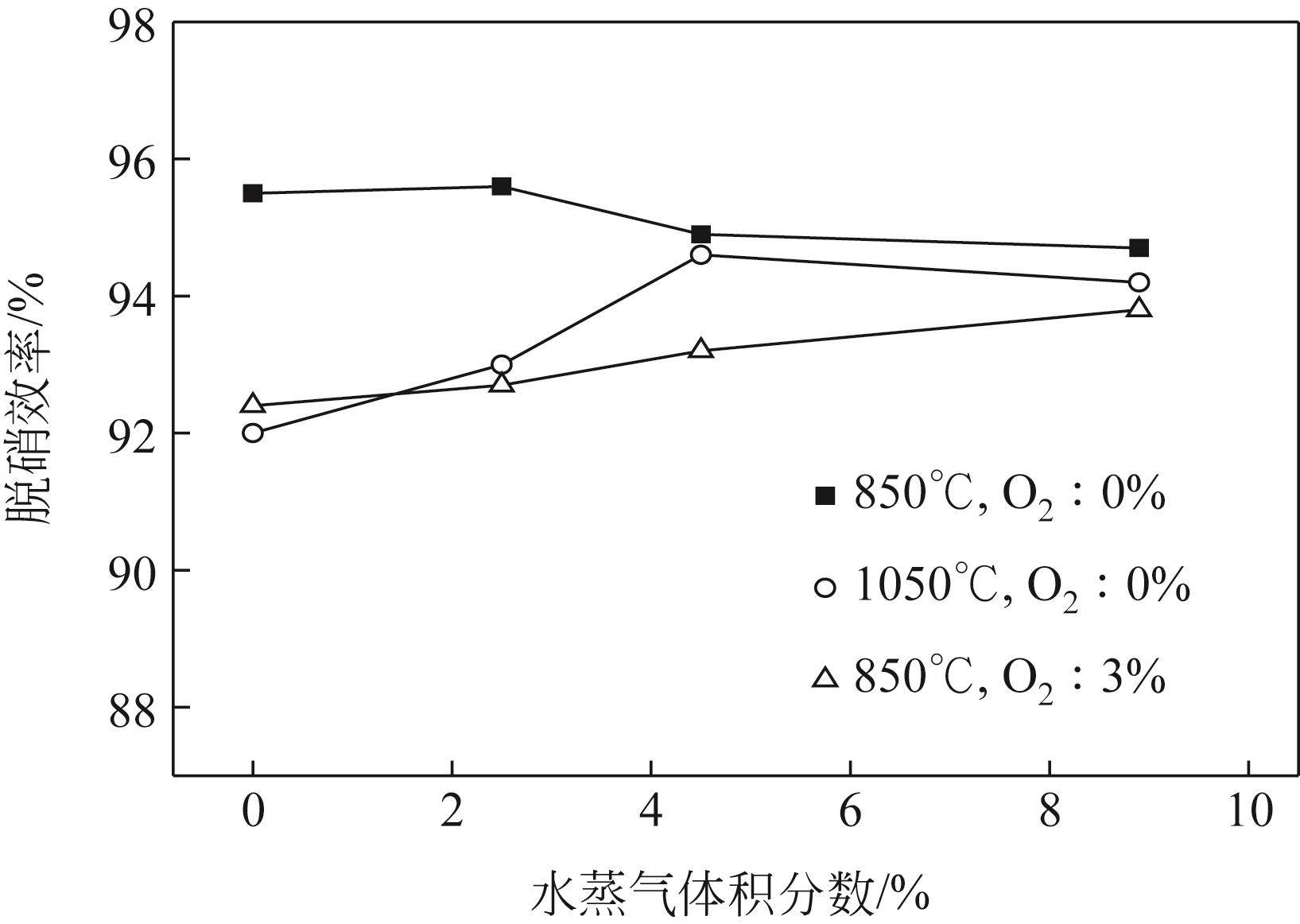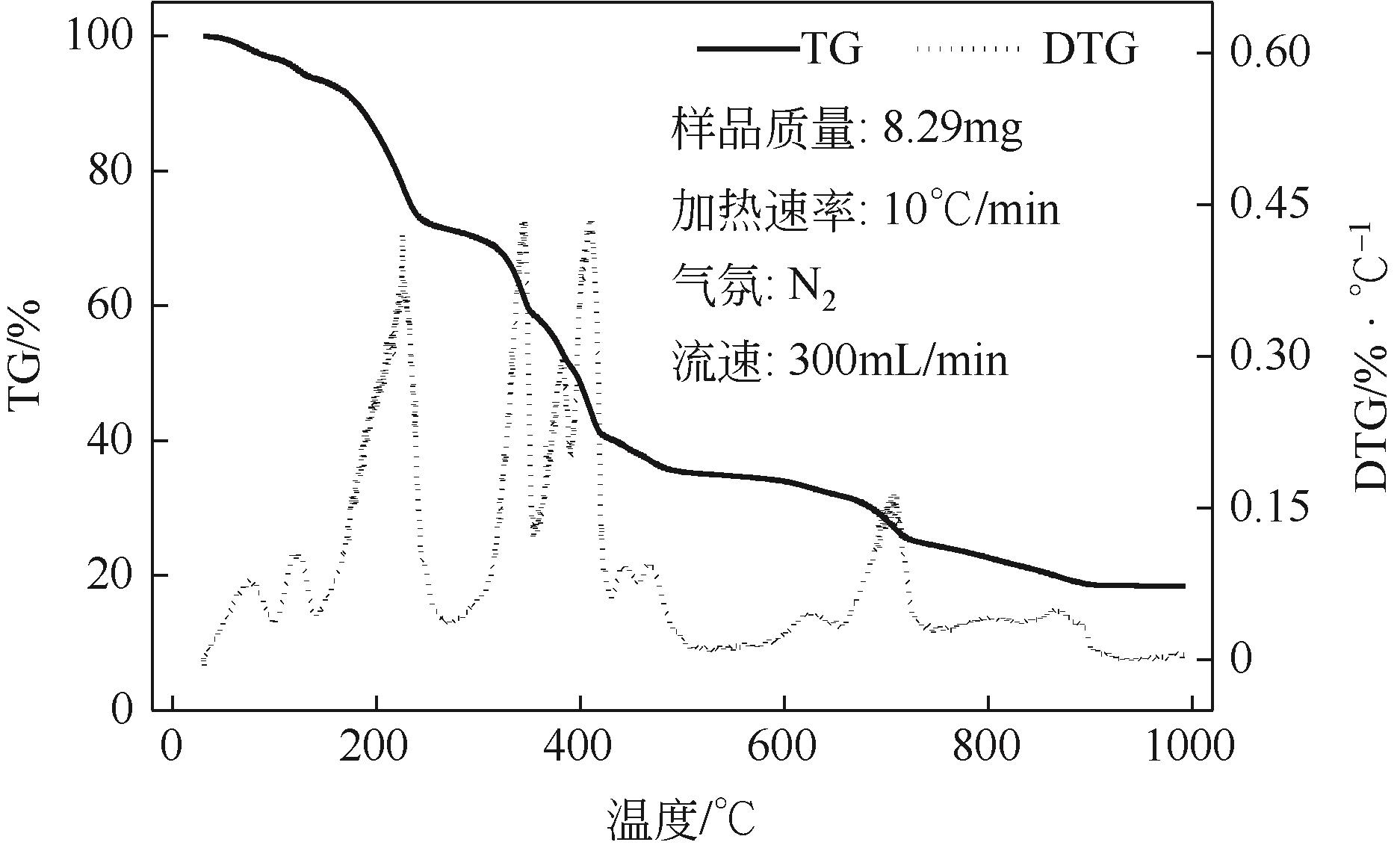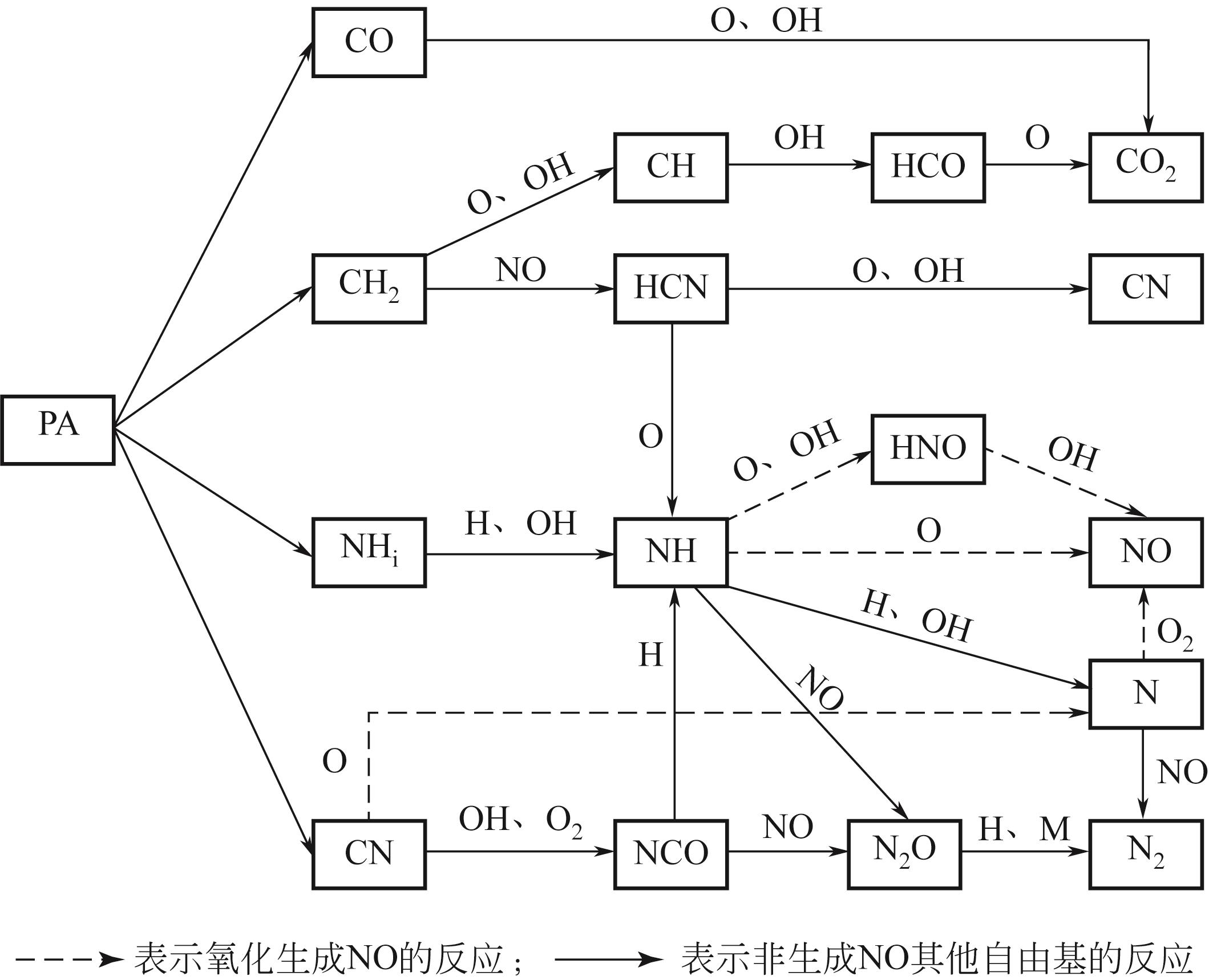| 1 |
山东省质量技术监督局. 山东省锅炉大气污染物排放标准: [S]. 济南, 2013.
|
|
Department of Environmental Protection, Province Shandong. Emission standard of air pollutants for boiler in Shandong province: [S]. Jinan, 2013.
|
| 2 |
唐倩, 郑博, 薛文博, 等. 京津冀及周边地区秋冬季大气污染物排放变化因素解析[J]. 环境科学, 2021, 42(4): 1591-1599.
|
|
TANG Qian, ZHENG Bo, XUE Wenbo, et al. Contributors to air pollutant emission changes in autumn and winter in Beijing-Tianjin-Hebei and surrounding areas[J]. Environmental Science, 2021, 42(4): 1591-1599.
|
| 3 |
刘广涛, 郭函君, 李放. 生活垃圾焚烧发电厂低温SCR烟气脱硝技术研究[J]. 环保科技, 2013, 19(6): 22-25.
|
|
LIU Guangtao, GUO Hanjun, LI Fang. Study of low temperature selective catalytic regeneration of denitrification in municipal solid waste incineration flue gas[J]. Environmental Protection and Technology, 2013, 19(6): 22-25.
|
| 4 |
刘露, 孙中涛. 烟气再循环脱硝技术在生活垃圾焚烧发电厂的应用[J]. 环境卫生工程, 2018, 26(6): 83-86.
|
|
LIU Lu, SUN Zhongtao. Application of exhaust gas recycling denitration technology in municipal solid waste incineration power plant[J]. Environmental Sanitation Engineering, 2018, 26(6): 83-86.
|
| 5 |
朱传强, 茹晋波, 扈明东, 等. 垃圾焚烧电厂高分子非催化还原(PNCR)脱硝技术应用分析[J]. 工程热物理学报, 2021, 42(6): 1600-1607.
|
|
ZHU Chuanqiang, RU Jinbo, HU Mingdong, et al. Application analysis of polymer non-catalytic reduction of NO x in waste incineration[J]. Journal of Engineering Thermophysics, 2021, 42(6): 1600-1607.
|
| 6 |
杜黎明. 烟气循环流化床同时脱硫脱硝吸收剂制备及脱除机理研究[D]. 保定: 华北电力大学(河北), 2007.
|
|
DU Liming. Absorbents preparation and removal mechanism research for simultaneous desulfurization and denitrification by flue gas circulating fluidized bed[D]. Baoding: North China Electric Power University, 2007.
|
| 7 |
茹晋波, 胡利华, 高士秋. 垃圾焚烧电厂典型脱硝工艺对比及案例分析[C]//中国环境科学学会2021年科学技术年会——环境工程技术创新与应用分会场论文集(三). 天津, 2021: 304-311.
|
| 8 |
刘焕联, 庞博. 垃圾焚烧烟气脱硝工艺选择及案例分析[J]. 环境卫生工程, 2018, 26(6): 19-22.
|
|
LIU Huanlian, PANG Bo. Process selection and case analysis on denitration of waste incineration flue gas[J]. Environmental Sanitation Engineering, 2018, 26(6): 19-22.
|
| 9 |
高原, 高劲豪. 固体尿素直喷SNCR脱硝技术经济分析[J]. 硫酸工业, 2018(3): 24-27.
|
|
GAO Yuan, GAO Jinhao. Technical and economic analysis of solid urea direct injection SNCR denitrification[J]. Sulphuric Acid Industry, 2018(3): 24-27.
|
| 10 |
高劲豪, 高原. 生活垃圾焚烧烟气脱硝超低排放技术经济比较[J]. 硫酸工业, 2020(2): 35-37.
|
|
GAO Jinhao, GAO Yuan. Technical and economic comparison of denitrification of MSW incineration flue gas with ultra-low emission[J]. Sulphuric Acid Industry, 2020(2): 35-37.
|
| 11 |
刘万超, 康泽双, 曹瑞雪, 等. 一种干法均相选择性非催化还原脱硝方法: CN109925856A[P]. 2019-06-25.
|
|
LIU Wanchao, KANG Zeshuang, CAO Ruixue, et al. Dry-process homogeneous-phase selective non-catalytic reduction denitration method: CN109925856A[P]. 2019-06-25..
|
| 12 |
刘天璐, 刚杰, 刘超. 生活垃圾焚烧发电烟气中NO x 污染控制技术综述[J]. 资源节约与环保, 2019(9): 109.
|
|
LIU Tianlu, GANG Jie, LIU Chao. Overview of NO x pollution control technology in the flue gas of domestic waste incineration power generation[J]. Resources Economization & Environmental Protection, 2019(9): 109.
|
| 13 |
胡宏兴, 林崇军, 路锦程. 垃圾焚烧炉脱硝工艺应用研究[J]. 节能, 2020, 39(11): 102-103.
|
|
HU Hongxing, LIN Chongjun, LU Jincheng. Study on application of denitrification process in waste incinerator[J]. Energy Conservation, 2020, 39(11): 102-103.
|
| 14 |
沈伯雄, 韩永富, 刘亭. 氨选择性非催化还原烟气脱硝研究进展[J]. 化工进展, 2008, 27(9): 1323-1327.
|
|
SHEN Boxiong, HAN Yongfu, LIU Ting. Development of flue gas denitrification using NH3 selective non-catalytic reduction[J]. Chemical Industry and Engineering Progress, 2008, 27(9): 1323-1327.
|
| 15 |
王智化, 周昊, 周俊虎, 等. 不同温度下炉内喷射氨水脱除NO x 的模拟与试验研究[J]. 燃料化学学报, 2004, 32(1): 48-53.
|
|
WANG Zhihua, ZHOU Hao, ZHOU Junhu, et al. Modeling and experimental study on NO x reduction in furnace with ammonia injection[J]. Journal of Fuel Chemistry and Technology, 2004, 32(1): 48-53.
|
| 16 |
姜金东, 林晨, 张曜, 等. 工艺操作参数对烟气SNCR脱硝性能影响的数值模拟[J]. 中国电机工程学报, 2018, 38(2): 383-389.
|
|
JIANG Jindong, LIN Chen, ZHANG Yao, et al. Numerical simulation of effect of process operation parameters on flue gas denitrification performance of SNCR[J]. Proceedings of the CSEE, 2018, 38(2): 383-389.
|
| 17 |
CHEN Jun, FAN Weidong, WU Xiaofeng, et al. Effects of O2/CO/CO2 on NH3 reducing NO at 1073—1773K in different flow reactors-Part Ⅰ: The effect of O2 [J]. Fuel, 2021, 283: 119335.
|
| 18 |
李辉, 韩奎华, 王茜, 等. 三聚氰酸选择性非催化还原脱硝特性的实验研究[J]. 中国电机工程学报, 2014, 34(23): 3892-3898.
|
|
LI Hui, HAN Kuihua, WANG Qian, et al. Experimental study of the performance of cyanuric acid based selective non-catalytic reduction[J]. Proceedings of the CSEE, 2014, 34(23): 3892-3898.
|
| 19 |
KASUYA F, GLARBORG P, JOHNSSON J E, et al. The thermal DeNO x process: Influence of partial pressures and temperature[J]. Chemical Engineering Science, 1995, 50(9): 1455-1466.
|
| 20 |
王菁, 张瑞娉, 杨凤玲, 等. 水蒸气在NO x 控制技术中机理研究及应用进展[J]. 洁净煤技术, 2021, 27(5): 89-97.
|
|
WANG Jing, ZHANG Ruiping, YANG Fengling, et al. Research progress on influence mechanism and engineering application of water vapor in nitrogen oxide control technologies[J]. Clean Coal Technology, 2021, 27(5): 89-97.
|
| 21 |
吕洪坤, 杨卫娟, 周俊虎, 等. 水蒸气对选择性非催化还原反应影响的实验研究[J]. 中国电机工程学报, 2010, 30(14): 50-55.
|
|
Hongkun LYU, YANG Weijuan, ZHOU Junhu, et al. Investigation on effects of water vapor on selective non-catalytic reduction of NO x [J]. Proceedings of the CSEE, 2010, 30(14): 50-55.
|
| 22 |
朱传强, 胡利华, 沈宏伟, 等. 生活垃圾焚烧选择性非催化还原(SNCR)的工程试验研究[J]. 工程热物理学报, 2020, 41(8): 2089-2095.
|
|
ZHU Chuanqiang, HU Lihua, SHEN Hongwei, et al. Experimental study on selective non-catalytic reduction (SNCR) in domestic waste incineration[J]. Journal of Engineering Thermophysics, 2020, 41(8): 2089-2095.
|
| 23 |
MILLER J A, BOWMAN C T. Mechanism and modeling of nitrogen chemistry in combustion[J]. Progress in Energy and Combustion Science, 1989, 15(4): 287-338.
|
| 24 |
朱传强, 刘殊远, 余剑, 等. 富氧富水蒸气条件下燃烧高氮燃料的NO x 排放特性[J]. 化工学报, 2019, 70(3): 1048-1055.
|
|
ZHU Chuanqiang, LIU Shuyuan, YU Jian, et al. NO x emission characteristics of high-N fuel combustion in atmospheres rich in O2 and steam[J]. CIESC Journal, 2019, 70(3): 1048-1055.
|
| 25 |
SCHABER P, COLSON J, HIGGINS S, et al. Study of the urea thermal decomposition (pyrolysis) reaction and importance to cyanuric acid producition[J]. American Laboratory, 1999, 31(16): 13-21.
|
| 26 |
吕洪坤, 杨卫娟, 周俊虎, 等. 尿素溶液高温热分解特性的实验研究[J]. 中国电机工程学报, 2010, 30(17): 35-40.
|
|
Hongkun LYU, YANG Weijuan, ZHOU Junhu, et al. Investigation on thermal decomposition characteristics of urea solution under high temperature[J]. Proceedings of the CSEE, 2010, 30(17): 35-40.
|
| 27 |
JOHNSSON J E. Formation and reduction of nitrogen oxides in fluidized-bed combustion[J]. Fuel, 1994, 73(9): 1398-1415.
|
 ), RU Jinbo1, SUN Tingting1, XIE Xingwang1, LI Changming3, GAO Shiqiu2
), RU Jinbo1, SUN Tingting1, XIE Xingwang1, LI Changming3, GAO Shiqiu2
 ), 茹晋波1, 孙亭亭1, 谢兴旺1, 李长明3, 高士秋2
), 茹晋波1, 孙亭亭1, 谢兴旺1, 李长明3, 高士秋2
